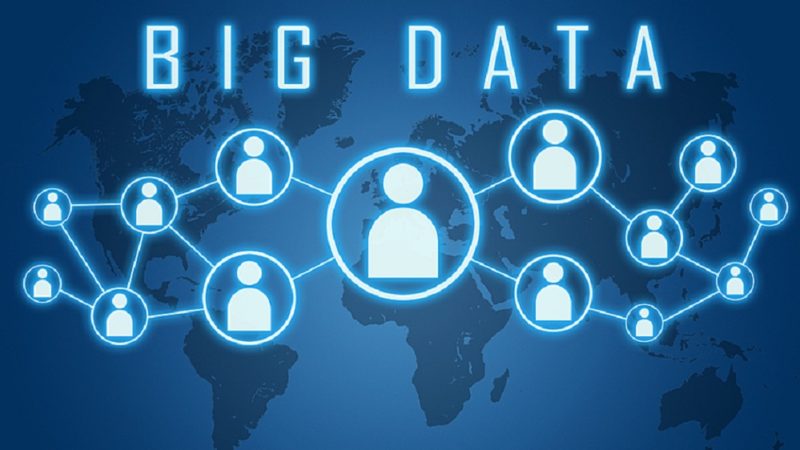Ever since the advent of the internet, the world has undergone a massive transformation. The increasing number of smart devices, deepening internet penetration, and widespread use of social media, is generating data. Analysis of this data can help us learn and draw useful insights.
Plenteous data is generated today. It is raw, unstructured, and mostly meaningless, until put in a structured and comprehensible format. Further, data science makes sense out of this data. Coupled together – data science and big data analytics form a tactical tool to gain competitive edge.
Big Data and Analytics
Data analytics is the use of a set of tools to analyze data of all types and size. When this data becomes humongous, or as we call, Big Data, sophisticated tools, and processes take analysis to another level, leading to discoveries about customer behavior, preferences, and more.
Retailers know customers shopping habits and doctors can predict future ailments for patients based on their health data. Netflix recommends movies and TV shows; Amazon suggests products we’re likely to buy. Data analytics can go as far as predicting winning candidate in a political election. In 2012, based on data, a few statisticians could predict winning candidates of the 50 states.
Today, data is highly valuable, its availability gives businesses an opportunity to explore further dimensions, which is usually hidden until analytics unearths it. Data science and Big Data analytics have built new frontiers in business decision making, and is turning out to be the harbinger of prosperity across industry.
See these examples,
- Trade analytics – Securities Exchange Commission uses big data to oversee financial market activity. It uses network detection to catch any illegal activity in the financial market. Big Data is used by large banks for fraud detection, know your customer, and fraud mitigation.
- Spotify’s music recommendation – Spotify, the on-demand music app, collects data from millions of users and recommends music to users based on Hadoop analytics.
- Beth Israel – Beth Israel is a hospital. It collects data from mobile app, from millions of patients to doctors to offer evidence-based medicine, instead of running several tests. Medical tests can run long and cost a lot.
- Social / Government – Social Security Administration (SSA) collects data on social disability claims, which often comes in the form of unstructured data. SSA uses Big Data to analyze claims and detect fraudulent claims.
- Predictive equipment failure – Big Data is helpful to detect equipment failure. Using structured data like date of manufacturing, maintenance, and unstructured like sensor failure, error message, etc. Big Data predicts equipment failure.
- Optimize network capacity— Mobile phones have become an integral part of urban life. For telecom companies, optimal network capacity is essential to maintain successful operations. Using Big Data, telecom companies can gather data on network usage and find faulty areas. Accordingly, they can invest in infrastructure, re-route, or deploy other solution.
- Genomic Research – In the above example, Big Data is used to detect future ailments. Big Data is further used for genomic research by detecting disease genes and biomarkers using which doctors can predict future diseases and create personalized healthcare program.
Big Data and analytics have found several use cases in the industry, above are just a handful of them. With the explosion of data, Big Data is becoming an essential driver in the growth of companies. It is a tool to drive new product development, growth strategies, and take preventive measures.
In 2017, more than half of companies were already using Big Data to improve their operations. With the recent explosion of data, more companies are adopting Big Data.
Big Data is poised to become an indispensable tool for companies for decision-making.
In the times ahead, as more data is generated and demand for faster decision making becomes critical, reliance on Big Data would increase.













